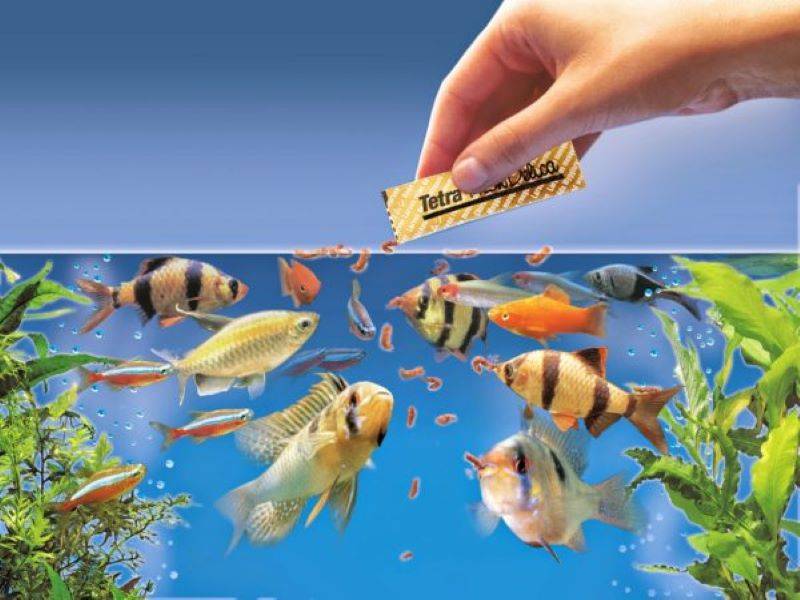
Dropsy is a major headache for ornamental fish farmers. Large numbers of fish die as victims of the disease. Guppy, Beta, Gourami, Goldfish, Carp, Molly, Tetra, Barbs, Cyclid, 90% of fish are affected by the disease. Notice the platypus given in this picture. You can see that its scales have spread and the wire has been swollen. These are the symptoms of the disorder.
Symptoms:
- Excessive bloating
- Scales come up and look like a pineapple
- Eyes open
- Colour of Cheekbones fade
- Swelling of blood in the abdomen
- Spine engulfed
- Shows the unwillingness to eat
- On the surface Swimming alone
- skin and fin turn into dark red
These symptoms tend to increase as the illness progresses. The kidneys, liver, etc. become swollen and lose their shape.
Disease Causes
Eyreameanas bacteria happens from the moment fish loses its immunity. Stress is one of the main causes of the destruction of fish's immunity. These are the main factors that lead to it.
1) The bad quality of water,
2) Ammonia and chlorine content in water
3) Sudden temperature fluctuations
4) Other Ailments
In general, even if one of the above factors does not adversely affect the defensive power of the fish, care should be given to them.

Treatment
Dropsy disease cannot be cured as quickly as others. Some experts say replacing the affected fish in one tank can prevent the spread of the disease to healthy fish. If the disease is accompanied by fungus, pop eye and white spot, treatment is completely impossible. Here is how you can take care of your fishes:
- Transfer the symptomatic fish to another tank. This tank can be called a "hospital tank".
- Add one teaspoon of salt to one gallon of water.
- Regularly change the water in the tank where the diseased fish is lying. Add salt each time the water changes.
- When salt is mixed with water, the salt dissolves in the fish's blood, stops bacterial growth, and reduces the risk of water and swelling in the fish's tissues and organs. But if the salt content is too much, the fish may become dehydrated and die.
- Ventilate the water artificially. Then fresh quality feed should be given. Live food is better for sick fish.
- If the fish is eating, they should be monitored and treated for several weeks until symptoms are reduced.
- Antibiotics should be provided if the fish are completely dehydrated. Before using antibiotics, look at the dosage given on the cover.
It is better to go for treatment than to come preventively with treatment. Considering these factors can reduce the risk of dropsy.
1) Water quality is very important. So you should periodically check the water temperature and pH to make sure it is suitable for the fish you are raising.
2) Change the water every 3 days or once a week. Only up to 30 per cent should be changed.
3) Keep the tank clean. If the tank is left out, cover it with netting.
4) Clean the bottom of the tank with a good gravel vacuum.
5) Avoid overeating. Put the pellet food in the water and if it does not eat the fish within 5-10 minutes, pull it out with a tube.
7) If it is flake food, use it within a month after opening the jar. If the pellet food gets wet, do not feed it later.









